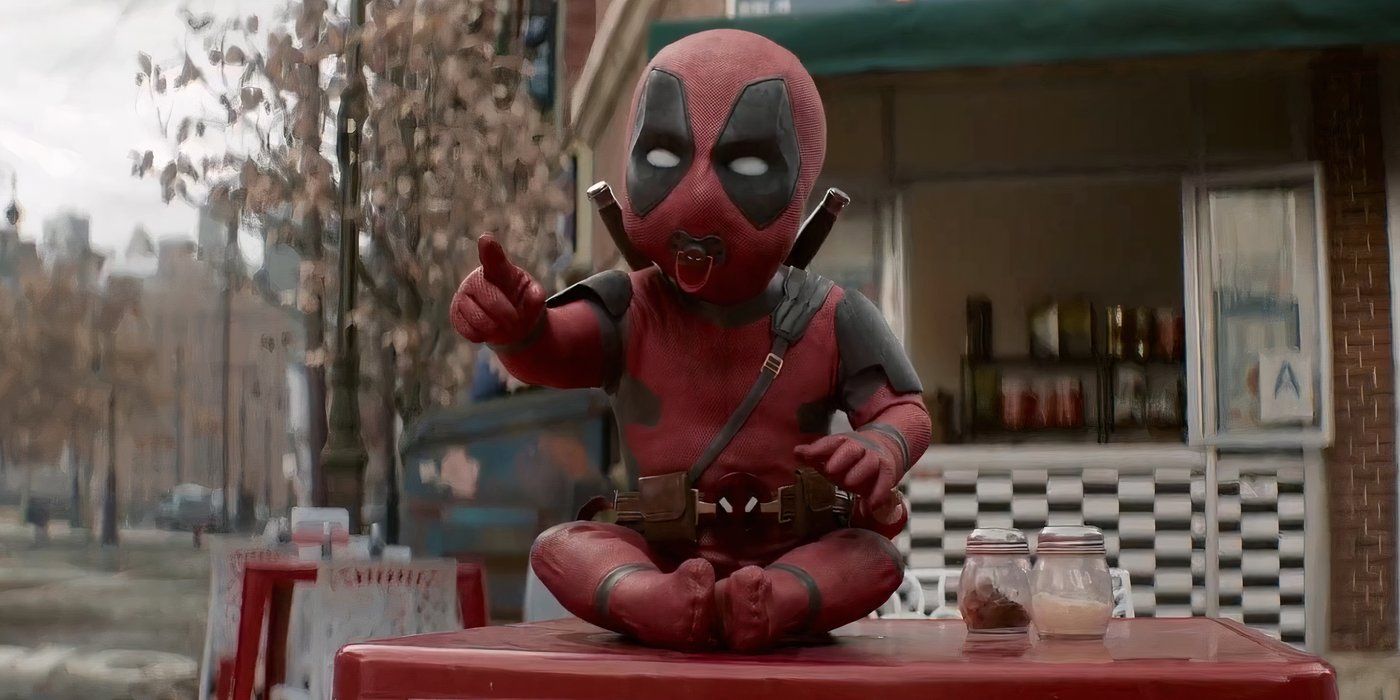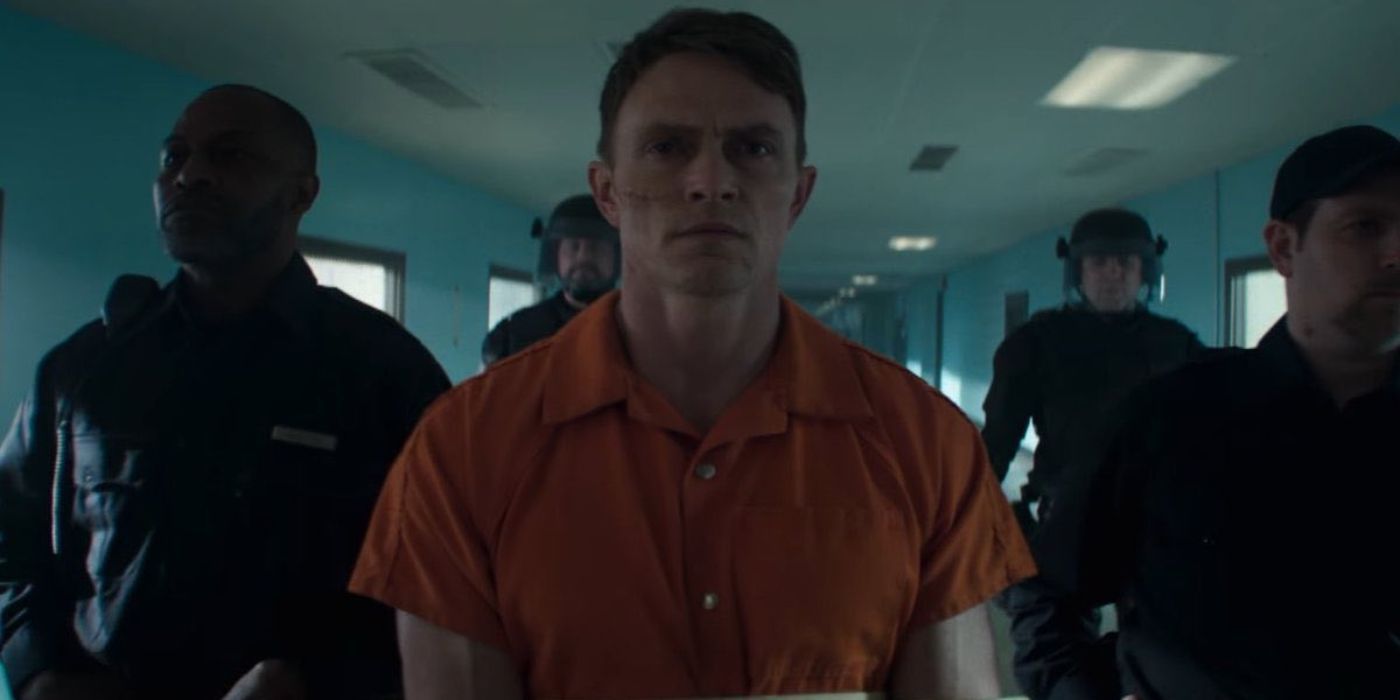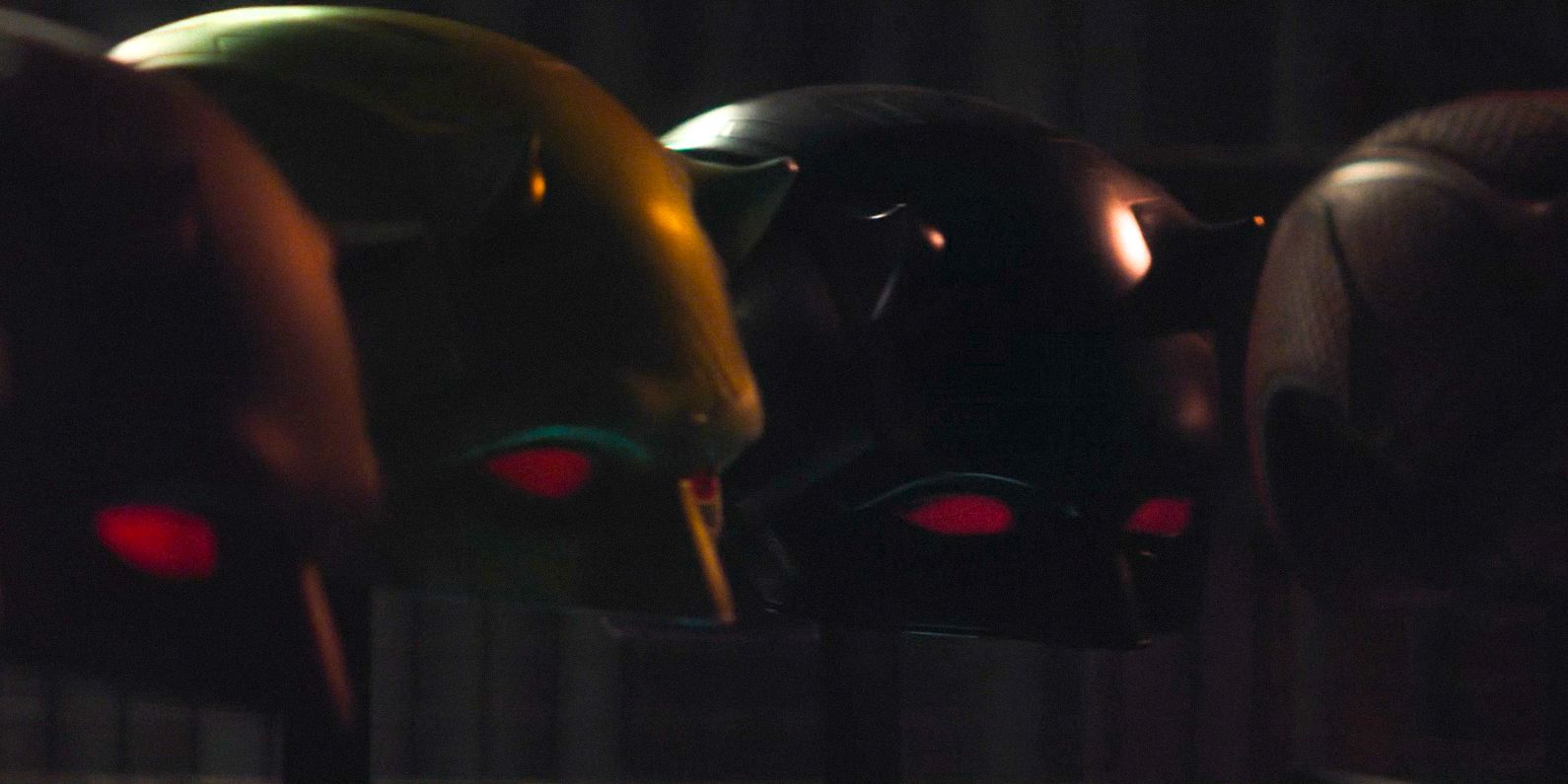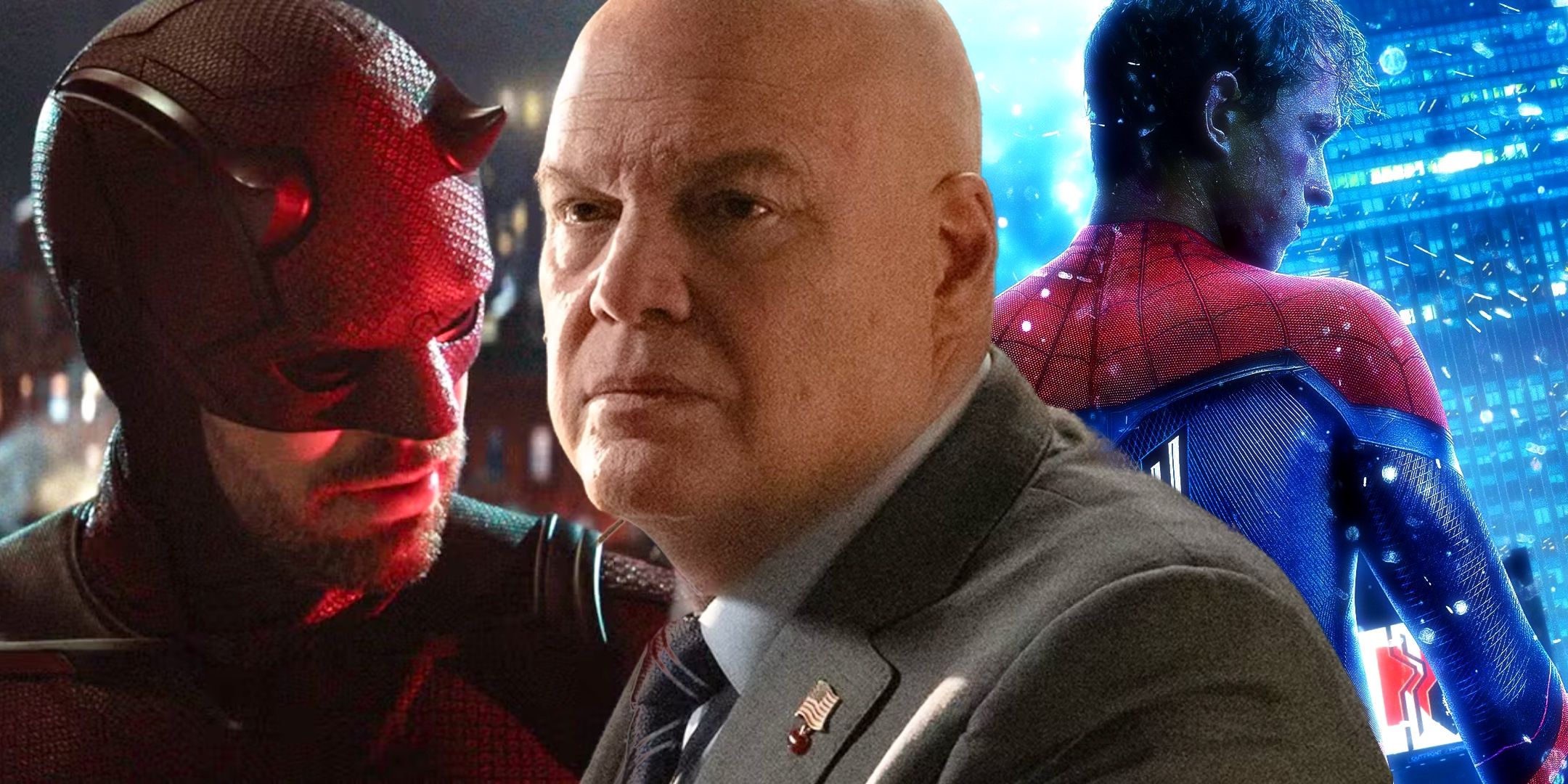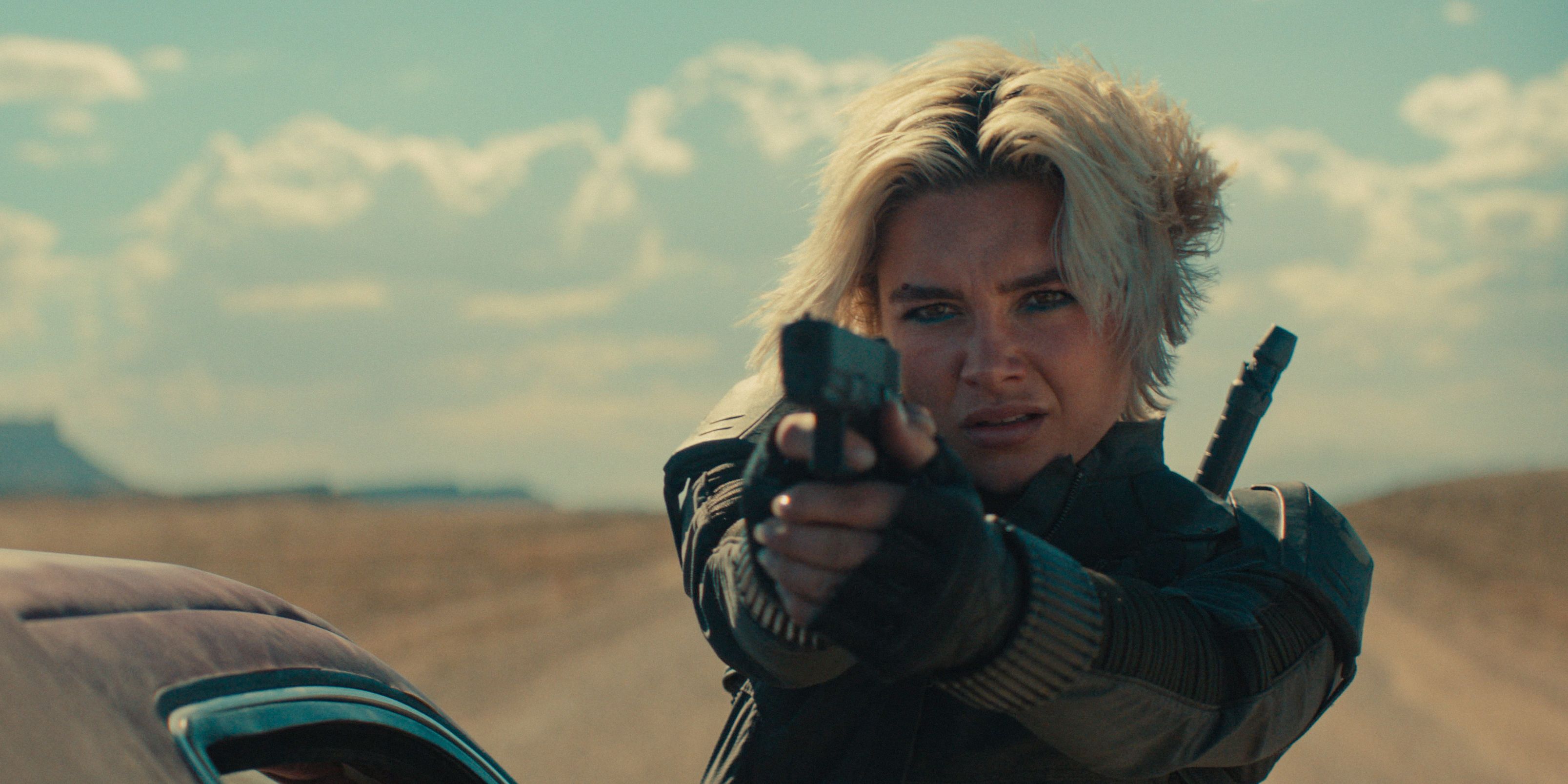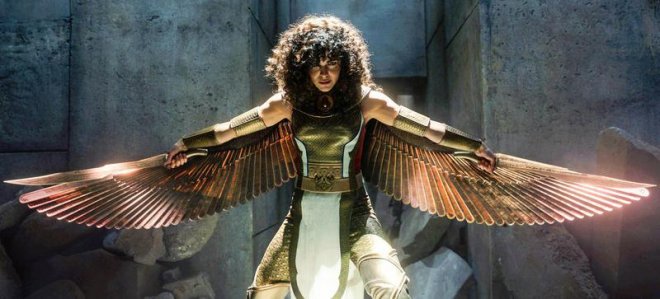Black Panther 2 Producer Explains Namor’s 4 Major Changes from the Comics
Following Namor the Sub-Mariner"s MCU debut in Black Panther: Wakanda Forever, one of Marvel Studios" top executives explained how he differs in the comics and on the big screen.To close out the MCU"s Phase 4 slate, Black Panther 2 took the chance to finally introduce Tenoch Huerta"s take on Namor, one of the longest-running characters in MCU history. The underwater mutant became the primary antagonist against the people of Wakanda, finally paying off teases for his arrival that had been laid out in the MCU as early as 2010"s Iron Man 2.
As has been the case with a few characters from past Marvel outings, Namor came in with some key differences in his character and background from how he was portrayed in the pages of Marvel Comics. These go far beyond his shorts giving him more physical coverage than the speedo from the pages as well.
Following Black Panther 2"s debut in theaters, one of Marvel"s leading executives took a deep dive into what exact changes were implemented as Tenoch Huerta brought the antihero/villain to life.
Nate Moore Explains Namor Changes for MCUWarning - The rest of this article contains spoilers for Black Panther: Wakanda Forever.
During an appearance on The Town with Matthew Belloni podcast, Marvel Studios Vice President of Production & Development Nate Moore explained how Tenoch Huerta"s Namor the Sub-Mariner changed from the comics to his big screen debut in Black Panther: Wakanda Forever.
1.) Wakanda"s Relationship with Namor"s People
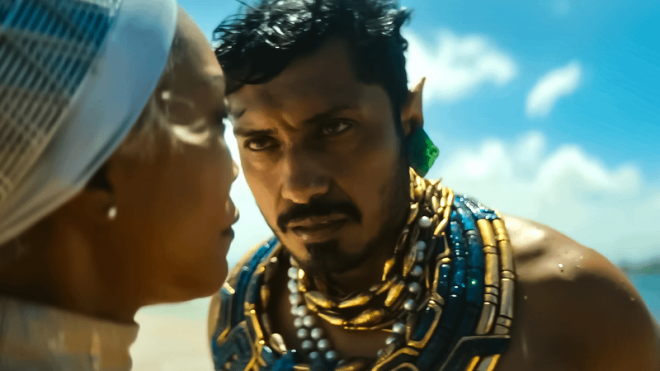 Marvel StudiosIn the comics, Namor and the Black Panther don"t exactly like each other at all, with Wakanda and Atlantis often going to war against one another for various reasons.
Marvel StudiosIn the comics, Namor and the Black Panther don"t exactly like each other at all, with Wakanda and Atlantis often going to war against one another for various reasons. Belloni touched on this fact with Namor being the main villain in Black Panther 2, with Moore noting how big of a fan director Ryan Coogler is of the character and reminiscing on that relationship in the comics:
Belloni: “Most producers and most of the genre filmmakers at these studios, they’re just trying to appease the fans and give them what they think the fans want. But then you guys do something, like what you did in Wakanda Forever, where you changed the villain. You know, [Namor the] Submariner [in the comics] is from Atlantis and he’s not this Mayan character. Explain how you decided to do that and whether you though this was dangerous with the fans or if you thought you had enough cred built up where they were going to accept it. Take us through that process.”In Black Panther 2, Namor doesn"t necessarily hate the people of Wakanda - rather, the two countries have slightly different motivations and ideologies. Namor even tries to get Wakanda to help him in his quest for revenge against the surface world when he meets Shuri and Ramonda, although they don"t agree to help him, leading to their conflict against one another.
Moore: “Yeah, it’s no secret that Ryan [Coogler] was a fan of Namor, has been a fan of Namor for a long time… And in publishing, the nation of Wakanda and the nation of Atlantis often came in loggerheads. And Namor and Black Panther don’t really like each other.”
Tenoch Huerta also explained how the late T"Challa is someone that his Namor admires in the movie, particularly from a leadership standpoint.
2.) Namor"s Mayan-Inspired MCU Background
 Marvel StudiosNamor comes with a fairly ethnically-neutral background in the comics, being drawn most often with Asian features as Atlantis uses Greco-Roman inspirations. The antihero also doesn"t get a truly extensive backstory, although it"s revealed that his father was human while his mother was a mutant/Atlantean.
Marvel StudiosNamor comes with a fairly ethnically-neutral background in the comics, being drawn most often with Asian features as Atlantis uses Greco-Roman inspirations. The antihero also doesn"t get a truly extensive backstory, although it"s revealed that his father was human while his mother was a mutant/Atlantean.Moore noted how Coogler and co. believed Namor"s comic backstory lacked enough "interesting" elements and the necessary "depth" for their on-screen adaption, electing to reshape his history to be "really anchored in the real world:"
“But in thinking about from a filming standpoint, what’s interesting about publishing is Atlantis feels very Greco-Roman, vaguely drawn, and Namor’s backstory isn’t as interesting as you want it to be. And this is from somebody who’s read all the Namor books. It was like... it doesn’t have the depth that it could have. And Ryan, as a filmmaker, likes things to be really anchored in the real world. So even when he was building Wakanda, it wasn’t the techno-jungle from publishing, it was, ’Hey, here’s a place that’s really based on African cultures. And I think the specificity of that world is part of what made that first movie work.”In Black Panther 2, Namor"s inspirations come from Mayan culture in the Yucatan, being born as a mutant in 1571 after his mother and the Talokanil were turned into underwater beings.
3.) Why Namor"s People Live Underwater
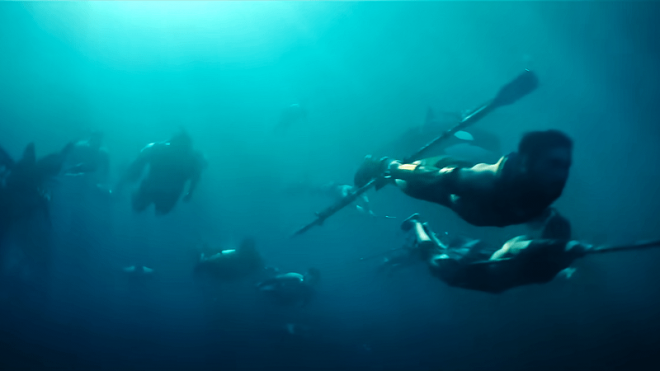 Marvel StudiosIn the comics, Namor"s Atlantis was depicted as an entire continent that actually sank to the ocean floor, forcing its people to adapt to their new underwater environment.
Marvel StudiosIn the comics, Namor"s Atlantis was depicted as an entire continent that actually sank to the ocean floor, forcing its people to adapt to their new underwater environment.Moore noted that this was an important distinction to look at asking the question of "why did they live in the water" and how they got there in the first place:
“So, he wanted to do the same thing with Atlantis from publishing and we were talking about what cultures it made sense to look at. And he is a big research guy, so he was looking all over the world really, but also wanted to tell the story about… he kept asking like, ‘Why? Why did they live in the water? What got them there? They’re not aliens. That doesn’t make sense. What would force somebody to flee their land?’”The Talokanil in the MCU were forced from their land by Spanish conquistadors after first migrating into the oceans, with Namor realizing what had happened when he rose from the water to bury his mother in her original home on land.
4.) MCU Tackling Colonization Themes
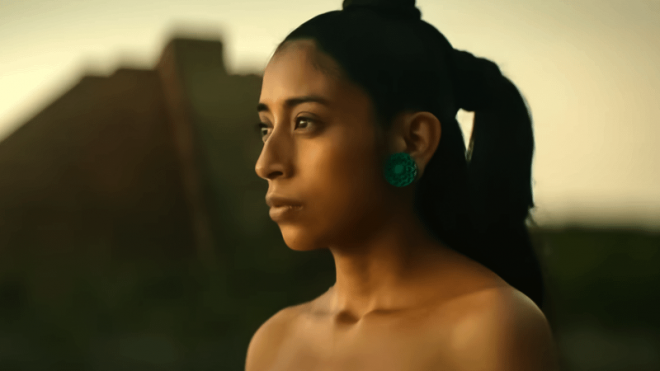 Marvel StudiosAnd finally, Moore tackled the idea of colonization within the MCU, with Coogler having done research on the ancient Mayans and finding "an anchor point" in their history to root into the Marvel universe. This helped Namor and Talokan fit into the story in a way that "narratively makes sense" while providing "an incredibly rich playground" to utilize:
Marvel StudiosAnd finally, Moore tackled the idea of colonization within the MCU, with Coogler having done research on the ancient Mayans and finding "an anchor point" in their history to root into the Marvel universe. This helped Namor and Talokan fit into the story in a way that "narratively makes sense" while providing "an incredibly rich playground" to utilize:“And Ryan, again, is interested in exploring themes of colonization as he was in the first film, and started to look at nations that experienced that, and found some Mayan pottery with glyphs on it, where the people were blue. And he was like, ‘Oh, that’s sort of interesting,’ and started to do some research into the history of Mayan people in the past and today, and felt like, ‘Oh, here’s an anchor point that could be really interesting,’ that gives Namor a specificity and gives, now, the world of Talokan a specificity that both narratively makes sense with the story I and Ryan wanted to tell and also visually is an incredibly rich playground to talk about.”In the comics, Namor is known mostly as an isolated character, avoiding interaction with other heroes or nations unless he deems it necessary. The MCU changed that by making historical colonization a big part of his adventure and growth, with Talocan being built from that in the first place and giving Namor his hatred of the surface world.
Where Will Namor Return in the MCU?Now, the big question is where fans will actually see Namor come back in the MCU"s expansive future.
Hope is already building to see Tenoch Huerta get his own solo movie or Disney+ show, particularly with him being one of the highlights in Black Panther 2 amongst an impressive cast and story. And with two Phase 6 blockbusters on the way in Avengers: The Kang Dynasty and Avengers: Secret Wars, having a mutant as powerful as Namor would certainly help Earth"s Mightiest Heroes in their mission to protect the planet and the Multiverse.
While the vast majority of Namor that fans know from the comics is there in full during his Black Panther 2 debut, the changes to his character helped him to stand out amongst the crowd of new comic book heroes in recent years.
Many of these changes were made to help set him apart from Jason Momoa"s Aquaman, especially with Arthur Curry being such a big part of the DC Universe over most of the past decade. As both of them are from Atlantis in the comics, even with slightly different powers, Marvel did its due diligence to give Marvel fans their own hero that didn"t evoke too many thoughts about DC"s primary aquatic ruler.
Black Panther: Wakanda Forever is now playing in theaters worldwide.
[圖擷取自網路,如有疑問請私訊]
|
本篇 |
不想錯過? 請追蹤FB專頁! |
| 喜歡這篇嗎?快分享吧! |
相關文章
SuperHeroKing








